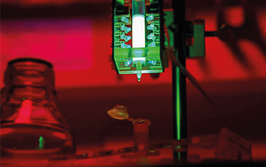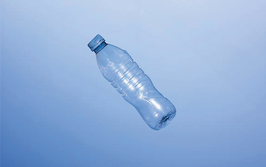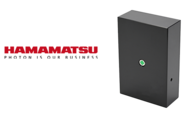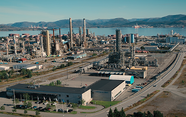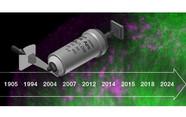
Exploring the Exposome – Part 3: Testing Food for Mycotoxins
The latest analytical options available to the food industry to keep mycotoxins at bay
Simon Hird | 2 min read
sponsored by Waters
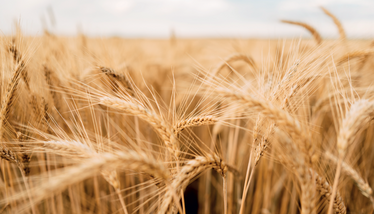
Mycotoxins – toxic compounds naturally produced by different types of fungi – enter the food chain due to infection of crops before or after harvest. They have acute and chronic health impacts in humans and animals that consume contaminated feed. The most common mycotoxins are regulated, with maximum levels set in many foods. Mycotoxins can also generate serious economic losses for the food industry – from reduced crop yields, lost trade revenues due to failure to comply with regulatory limits, and livestock illnesses.
Upstream monitoring is carried out on raw commodities, which helps make decisions regarding crop contamination at harvest and various points along the supply chain or to support export shipment release. Lateral flow strip tests provide accurate, on-time screening data to help prevent the introduction of mycotoxins into raw commodity and finished product value streams. Testing needs to be accurate but fast and cost effective (1).
To check regulatory compliance during monitoring for official control or by the food industry, samples are sent to a laboratory for analysis. Some laboratory-based methods, such as the determination of aflatoxins, are based on high-performance liquid chromatography (HPLC) coupled with fluorescence detection, after highly selective clean-up on immunoaffinity chromatography (IAC) columns. The increased chromatographic efficiency provided by ultrahigh-performance liquid chromatography (UPLCTM) has been used to reduce the analysis time and to improve sensitivity, when compared with HPLC methods (2). Moreover, a specialized large volume flow cell and mercury/xenon lamp avoids the need for post-column derivatization.
Multi-mycotoxin methods, using LC-MS/MS, provide a more comprehensive view of the type and level of contamination of a wider range of mycotoxins and associated metabolites (modified mycotoxins). A simple, highly sensitive “dilute and shoot” approach can be applied to a very wide range of samples including typical ingredients and finished products. This method uses carbon-13-labeled analogues as internal standards to correct for both matrix effects and analyte losses during the sample extraction (3). As an alternative, incorporation of a simple and quick pass-through solid-phase extraction (SPE) clean-up step allows the effective removal of co-extractives to maintain method performance without the need for internal standards (4).
The food industry’s quest to balance quality and safety assurance with efficiency has always posed challenges, but in the context of an increasingly globalized food supply and rising concern about foodborne illness, the need for mycotoxin test methods that help laboratories do more with less has never been more important (5).
For more information on mycotoxin testing and other contaminant testing, check out our Food and Beverage Chemical Contaminant Testing Application Notebook.
This article is the third in a series of articles from Waters exploring the “exposome” – and the analytical advances improving our understanding of exogenous compound exposure. To find out more, visit our content hub.

- Advancing Peanut Industry Goals: The Value of Fit-for-Purpose Aflatoxin Testing. VICAM Whitepaper 720006945EN
- Determination of Aflatoxins in a Wide Range of Food and Agricultural Commodities Using Immunoaffinity Chromatography Column Clean-up Coupled with UPLC or HPLC with Fluorescence Detection. Waters Application Note 720007280.
- LC-MS/MS Method Development and Validation for the Quantitative Determination of Regulated Mycotoxins in Cereal Grain Flours Using Simplified Sample Preparation Conditions on Xevo TQ-XS. Waters Application Note 720006685.
- Determination of Regulated and Emerging Mycotoxins in Cereals, Nuts, Figs, and Animal Feeds Using Pass-Through SPE and UPLC-MS/MS. Waters Application Note 720007377.
- Strategies for mycotoxin testing – analytical perspectives from field to lab. Waters Webinar.
Strategic Analyst; Research, Development & Advanced Testing; Waters Corporation
